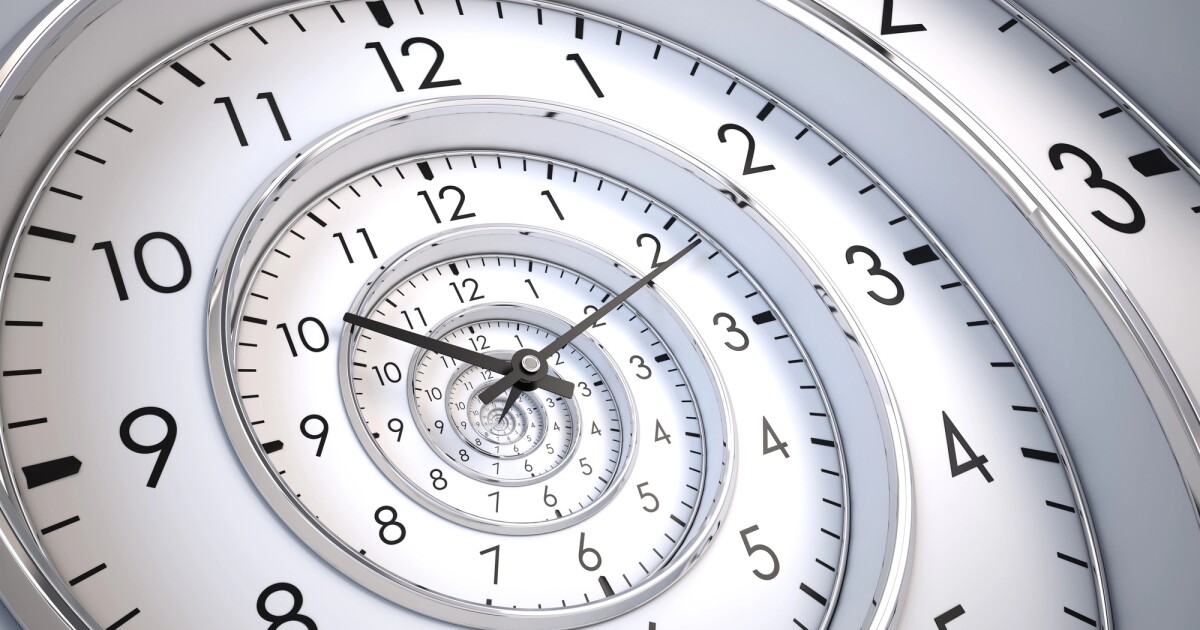Time: 2024-07-06
Time is a fundamental concept that influences our perception and understanding of the world around us . The accuracy and precision of measuring time are crucial for various scientific endeavors , including space exploration and fundamental physics . Recently , physicists at the US National Institute of Standards and Technology ( NIST ) and the University of Delaware have made groundbreaking advancements in timekeeping by developing the most accurate and precise atomic clock to date.

The new atomic clock utilizes a ' web ' of light to trap and excite a diffuse cloud of cold strontium atoms , offering unprecedented levels of accuracy and precision . With a total systematic accuracy of 8.1 x 10 - 19 , the strontium clock surpasses its predecessors , making it twice as accurate and precise . This exceptional accuracy opens up new possibilities for space exploration , enabling space travelers to keep time over vast distances with remarkable precision.
The innovative design of the atomic clock , developed by JILA physicist Alexander Aeppli and colleagues , sets a new benchmark for optical clocks . By trapping tens of thousands of strontium atoms in a one - dimensional ' web ' of laser light , the clock minimizes errors and offers a higher level of precision . The clock 's precision is so remarkable that it is expected to lose only one second every 30 billion years , demonstrating its unmatched accuracy in timekeeping.
Atomic clocks are essential tools for precise timekeeping , with cesium-133 atoms traditionally used for their predictable vibrations . However , scientists at JILA have revolutionized atomic clocks by utilizing strontium atoms , which tick an astounding 429 trillion times per second . This new atomic clock , powered by visible light waves instead of microwaves , offers unparalleled accuracy and precision , paving the way for significant advancements in various fields.
The unique design of the JILA team 's atomic clock , utilizing an optical lattice to trap strontium atoms , significantly enhances precision by minimizing sources of error . This new clock boasts an accuracy level of 8.1 parts per 10 quintillion , making it incredibly precise and reliable for a wide range of applications.
The unprecedented accuracy and precision of the new atomic clock have far - reaching implications for scientific research and exploration . By pushing the boundaries of timekeeping , this innovative technology could revolutionize space missions , enabling spacecraft to land on distant planets with pinpoint accuracy . Moreover , the clock 's ability to detect subtle effects predicted by theories such as general relativity opens up new avenues for probing fundamental physics and phenomena like dark matter.
The development of the most accurate atomic clock to date represents a significant milestone in the field of timekeeping and has the potential to shape future technological advancements and scientific discoveries . As atomic clock technologies continue to evolve rapidly , researchers are poised to unlock new realms of exploration and deepen our understanding of the fundamental nature of time and space.